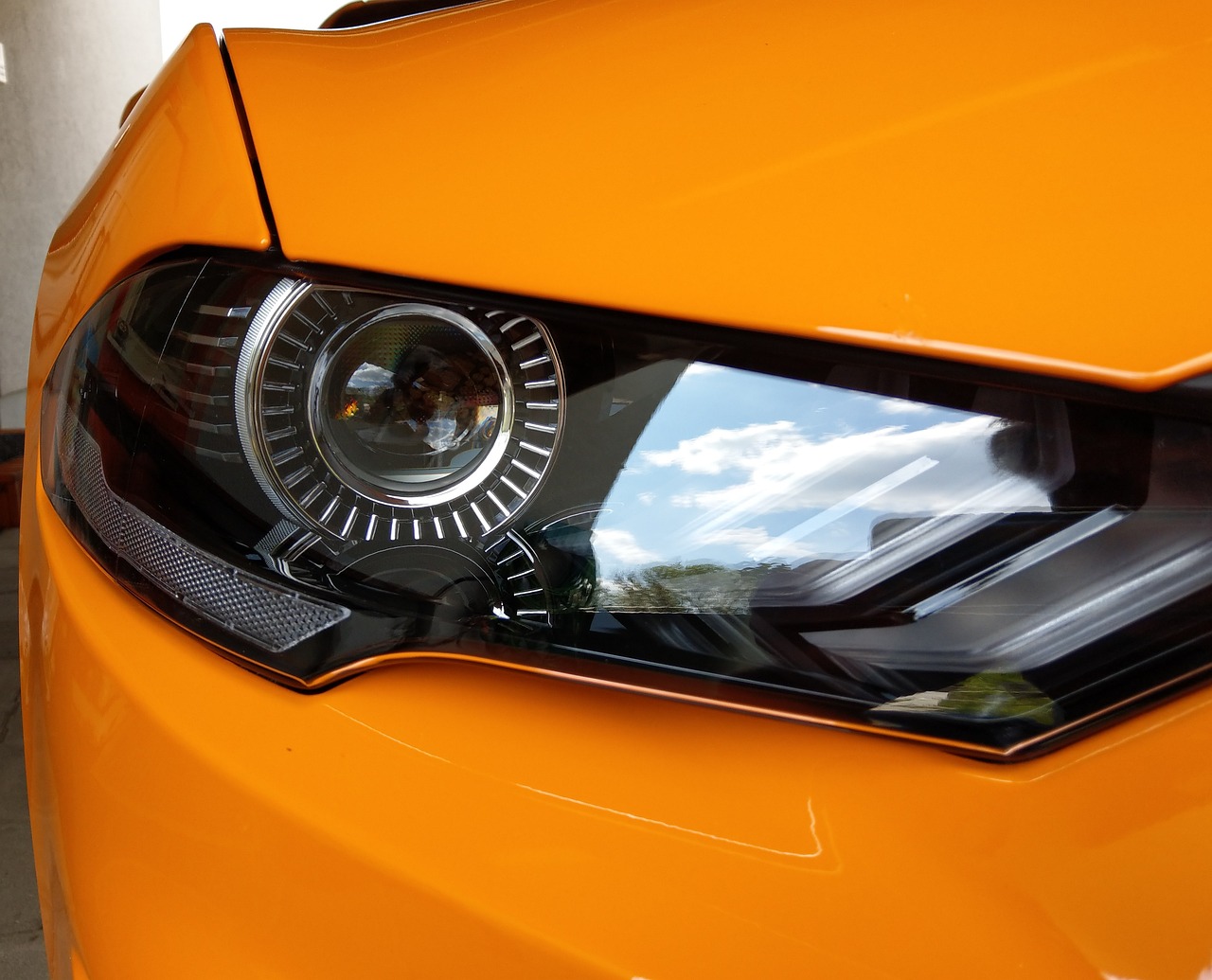The Impact of Material Science on Car Aesthetics
Car design has undergone significant transformations over the years, reflecting changes in societal preferences, technological advancements, and environmental considerations. From the early days of basic, boxy shapes to the sleek and aerodynamic designs of modern vehicles, the evolution of car design is a fascinating journey that mirrors the development of industrial design as a whole. Automakers have continually experimented with different aesthetic elements, pushing boundaries and redefining the concept of what a car should look like.
One of the key driving forces behind the evolution of car design has been the need for improved performance and efficiency. As automotive technology has advanced, designers have had to adapt their approaches to accommodate new features such as hybrid engines, electric powertrains, and advanced safety systems. This has led to the development of more streamlined and aerodynamic designs that not only look visually striking but also contribute to better fuel efficiency and overall performance on the road.
The Role of Materials in Car Aesthetics
When it comes to the aesthetics of cars, the use of materials plays a crucial role. Each material chosen for the interior and exterior design can greatly impact the overall look and feel of the vehicle. From luxurious leather seats to sleek metallic finishes, the choice of materials can evoke different emotions and convey a specific image to the observer.
Furthermore, advancements in technology have allowed car manufacturers to experiment with innovative materials that not only enhance the aesthetic appeal of vehicles but also improve their performance and sustainability. Materials such as carbon fiber, aluminum, and composite materials are being increasingly used in car manufacturing to create lighter yet stronger cars that are also more fuel-efficient. These innovative materials are not only changing the way cars look but also revolutionizing the automotive industry as a whole.
Innovative Materials Used in Car Manufacturing
In recent years, car manufacturers have been exploring innovative materials to enhance not only the aesthetic appeal of vehicles but also their performance and sustainability. One such material gaining popularity is carbon fiber, known for its strength and lightweight properties. Used in various components of cars, such as body panels and interior trims, carbon fiber helps reduce overall weight, thus improving fuel efficiency and handling.
Another innovative material making its way into car manufacturing is aluminum. Lightweight yet durable, aluminum is being widely used for constructing vehicle frames and body structures. Its corrosion resistance and recyclability make it an attractive choice for manufacturers striving to reduce the environmental impact of their production processes. The use of aluminum also contributes to improved performance due to its ability to enhance strength without adding extra bulk to the vehicle.
• Carbon fiber is known for its strength and lightweight properties
• Used in various components of cars such as body panels and interior trims
• Helps reduce overall weight, improving fuel efficiency and handling
• Aluminum is lightweight yet durable
• Widely used for constructing vehicle frames and body structures
• Corrosion resistance and recyclability make it an attractive choice for manufacturers
• Enhances strength without adding extra bulk to the vehicle
How has car design evolved over the years?
Car design has evolved from simple, boxy shapes to more aerodynamic and sleek designs that focus on both aesthetics and efficiency.
What role do materials play in car aesthetics?
Materials play a crucial role in car aesthetics as they determine the look, feel, and overall appearance of the vehicle both inside and out.
What are some innovative materials used in car manufacturing?
Some innovative materials used in car manufacturing include carbon fiber, aluminum, high-strength steel, and advanced plastics that offer lightweight and durable solutions for modern vehicles.







